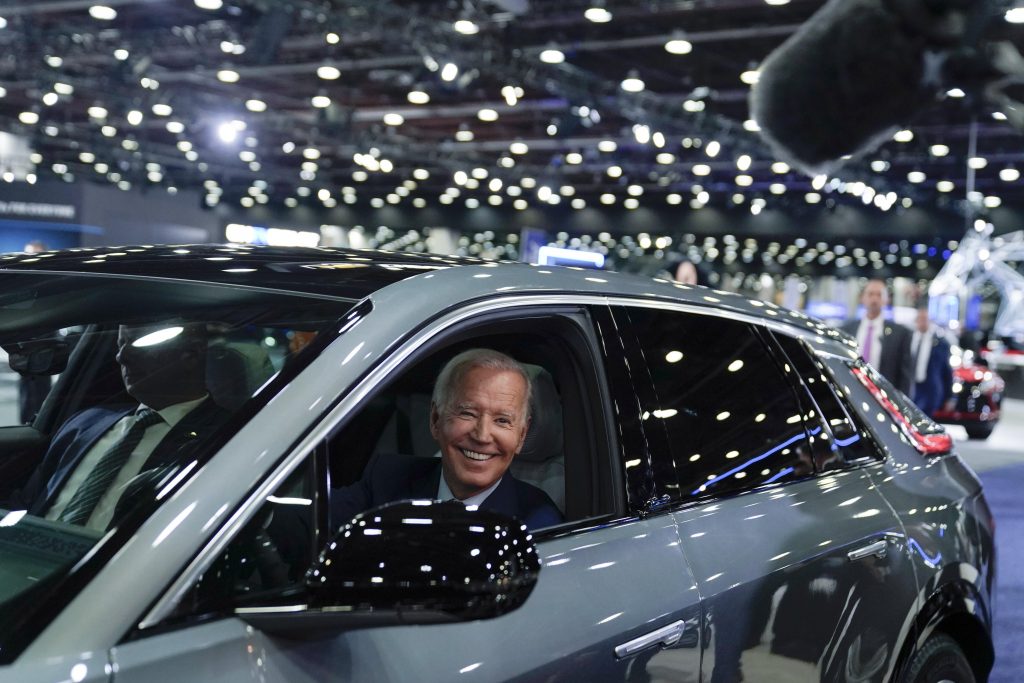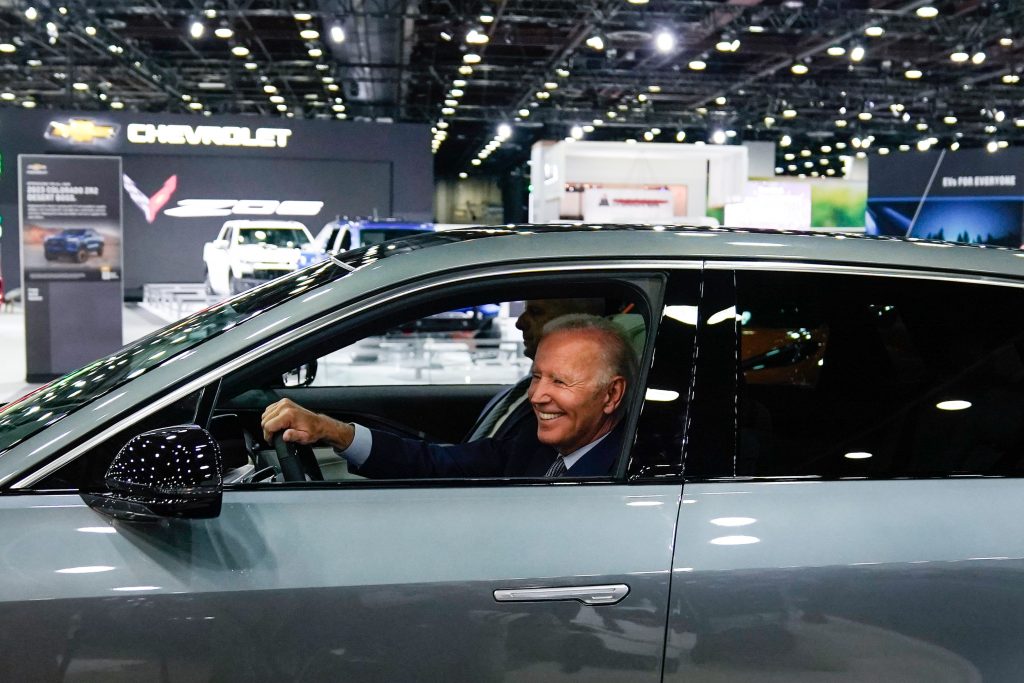
In an unprecedented move, the Biden Administration has set the automotive industry on a path that significantly deviates from its century-long reliance on gasoline-powered vehicles. By proposing the most stringent pollution standards to date, the administration aims to catalyze a major shift towards electric vehicles (EVs), promising profound environmental and economic benefits. This initiative not only seeks to reduce America’s carbon footprint but also to position the country as a leader in the global clean transportation race.
The Heart of the Regulations
The heart of this ambitious initiative lies in two groundbreaking proposals unveiled by the Environmental Protection Agency (EPA), targeting a wide array of vehicles from passenger cars to heavy-duty trucks. These standards are designed to dramatically reduce greenhouse gas emissions and other pollutants harmful to human health while saving consumers money and diminishing the nation’s dependence on imported oil.
By 2032, the proposed regulations aim for 67% of new cars and light trucks to be electric, a significant leap from the current market composition. For the automotive industry, this translates into a monumental shift, with major players expected to innovate rapidly to meet these targets. The Biden Administration’s strategy hinges on the dual benefits of environmental protection and economic stimulation, promising $12,000 in savings for consumers over the lifetime of a vehicle and a reduction of 10 billion tons of CO2 emissions through 2055.
The Economic and Environmental Payoff

The transition to electric vehicles underpins a broader vision of a clean transportation future that is both sustainable and economically vibrant. With over $120 billion invested in the American EV and battery supply chain, the move is anticipated to foster job creation, enhance energy security, and ensure that the U.S. remains competitive in the burgeoning EV market.
Moreover, the administration’s proposals are expected to yield significant health benefits by reducing pollutants that contribute to respiratory and cardiovascular diseases. With an estimated $1 trillion in net benefits, the shift towards cleaner vehicles represents a win-win scenario for the economy and the environment.
The Road Ahead
Despite the ambitious goals, challenges remain, including the higher upfront costs of electric vehicles compared to their gasoline counterparts. However, the administration contends that the long-term savings on fuel and maintenance, alongside purchasing incentives, will offset these initial expenses. Moreover, the proposed standards include a range of measures to ensure flexibility for manufacturers, allowing for technological innovation and a smooth transition to electric fleets.
As the proposals enter a period of public comment, the industry and consumers alike are keenly watching the evolving landscape. The Biden Administration’s bold steps towards a clean transportation future signal a significant transformation of the American automotive landscape, one that promises a cleaner, healthier, and more sustainable world for future generations.
This strategic pivot reflects not only a commitment to combating climate change but also a recognition of the economic opportunities that lie in leading the global transition to electric vehicles. As the U.S. gears up for this seismic shift, the road ahead is paved with potential, challenging the nation to reimagine mobility in the 21st century.
Conclusion
The Biden Administration’s electric vehicle push is a clarion call to action, underscoring the urgency of addressing climate change and the pivotal role of transportation in this endeavor. By setting ambitious standards and backing them with substantial investments, the U.S. is steering towards a future where clean, electric transportation is the norm, not the exception. This journey not only promises a healthier planet but also a resilient, forward-looking economy that champions innovation and sustainability.
Leave a Reply
You must be logged in to post a comment.